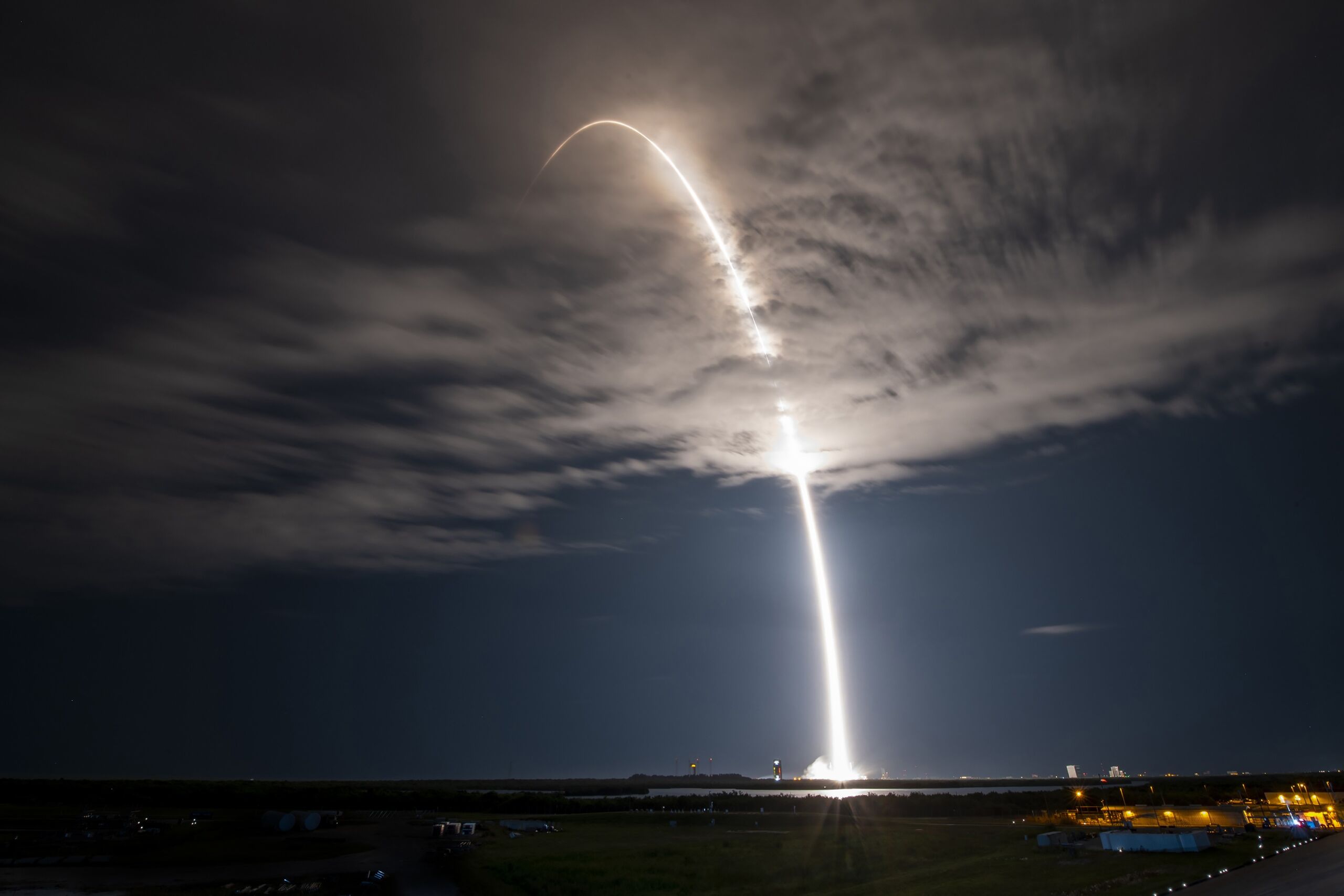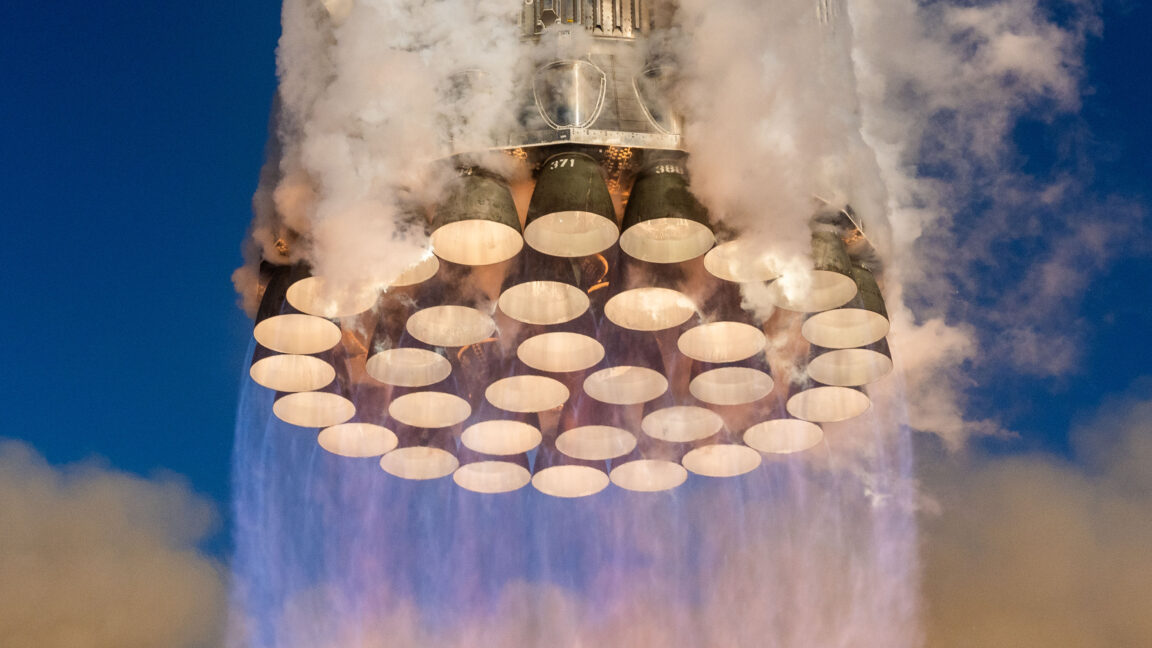SpaceX launched its 67th rocket of the year on Tuesday night, a staggering total for the company and its workhorse booster, the Falcon 9. At this pace, a clip of one launch every four days, the company is likely to launch 90 or more rockets during this calendar year.
This Starlink satellite launch was notable for a couple of other reasons. It marked the first time SpaceX has reused a Falcon 9 first stage 17 times. This booster, serial number 1058, had previously flown 11 previous Starlink missions along with GPS III-3, Turksat 5A, Transporter-2, Intelsat G-33/G-34, and Transporter-6.
SpaceX performed a fairly significant assessment of booster wear and tear after its first Falcon 9 stages reached 15 flights, and the company's engineers now believe the rockets can achieve at least 20 flights. Remarkably, SpaceX has been able to push the limits of booster reuse while maintaining a 100 percent record of success across the Falcon 9 rocket's last 228 launches, dating to a pad explosion in September 2016.
As part of its maintenance process, SpaceX still does some basic inspections and replaces engines and other critical components from time to time. Additionally, the company only risks its own internally built Starlink satellites on the most experienced boosters, reserving rockets with less mileage for its customers.
Minimal webcasts
On its webcast of Tuesday night's launch, the "Starlink Group 6-17 mission," SpaceX also continued its trend toward a minimalist broadcast approach. The company still provides a hosted webcast for external satellite customers and partners with NASA for crew and cargo launches. But for Starlink, as of last month, the company now only provides a video feed with minimal audio from the launch control center. This video begins at five minutes before liftoff.
It can be argued that this is the correct approach to Starlink launches, which happen frequently now and are largely the same flight profile from mission to mission. One of SpaceX's earliest employees, Hans Koenigsmann, once told me that one of the company's goals was to take the "magic" out of launch. And with these regular Starlink launches, the company has largely succeeded in taking the must-see out of liftoff.
Additionally, SpaceX founder Elon Musk has never been a huge proponent of launch webcasts. His attitude is largely that no one hosts a webcast when an airplane takes off from an airport. So, if SpaceX strives for airline-type operations, why should it broadcast every launch?
But Musk also understands the value of showcasing the company's work. Moreover, external customers love the visibility and public relations of a webcast. This probably explains why non-Starlink missions still feature hosted and (slightly) more elaborate webcasts.
Et tu, YouTube?
One decision that, from the perspective of broadening SpaceX's reach and appeal, does not seem defensible is Musk's decision to remove SpaceX webcasts from YouTube.
Instead, SpaceX now streams its webcasts exclusively on X, the social network formerly known as Twitter, which Musk acquired for $44 billion. Presumably, just as SpaceX stopped posting new images to Flickr, this decision was made because Musk views YouTube as a competitor to X.
This has resulted in a lower-quality video resolution, as well as a host of other issues that degrade the experience for online viewers. It's perhaps not surprising, then, that alternative launch streams by NASASpaceflight.com and Spaceflight Now appeared to have larger audiences for Tuesday night's Starlink launch.


